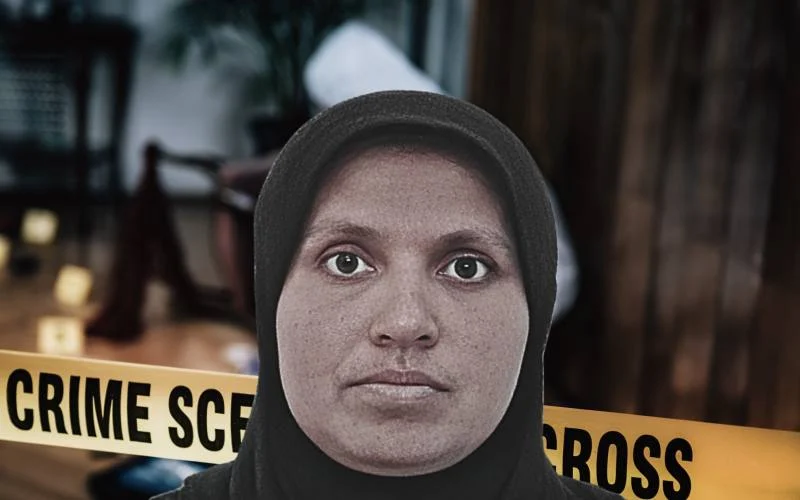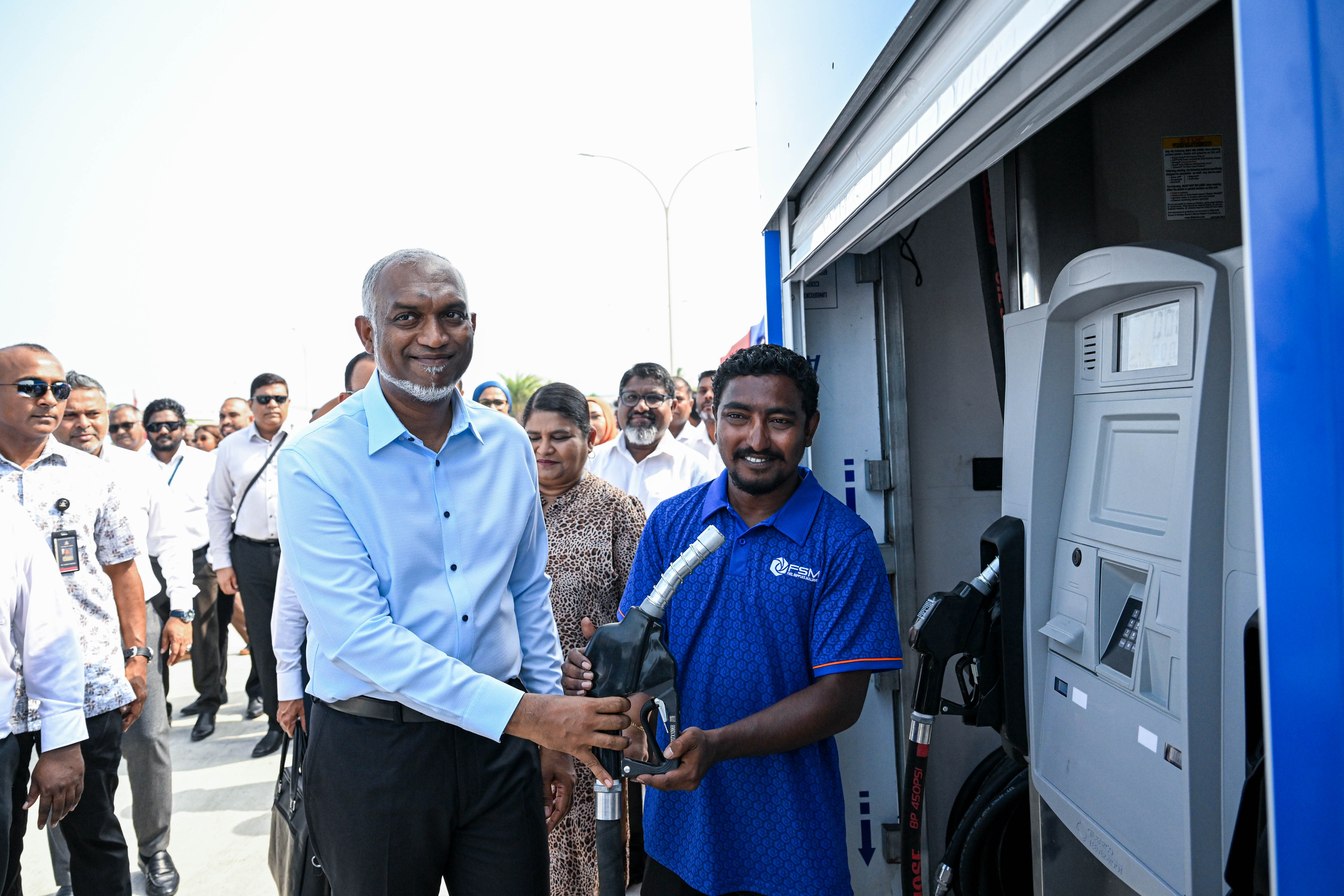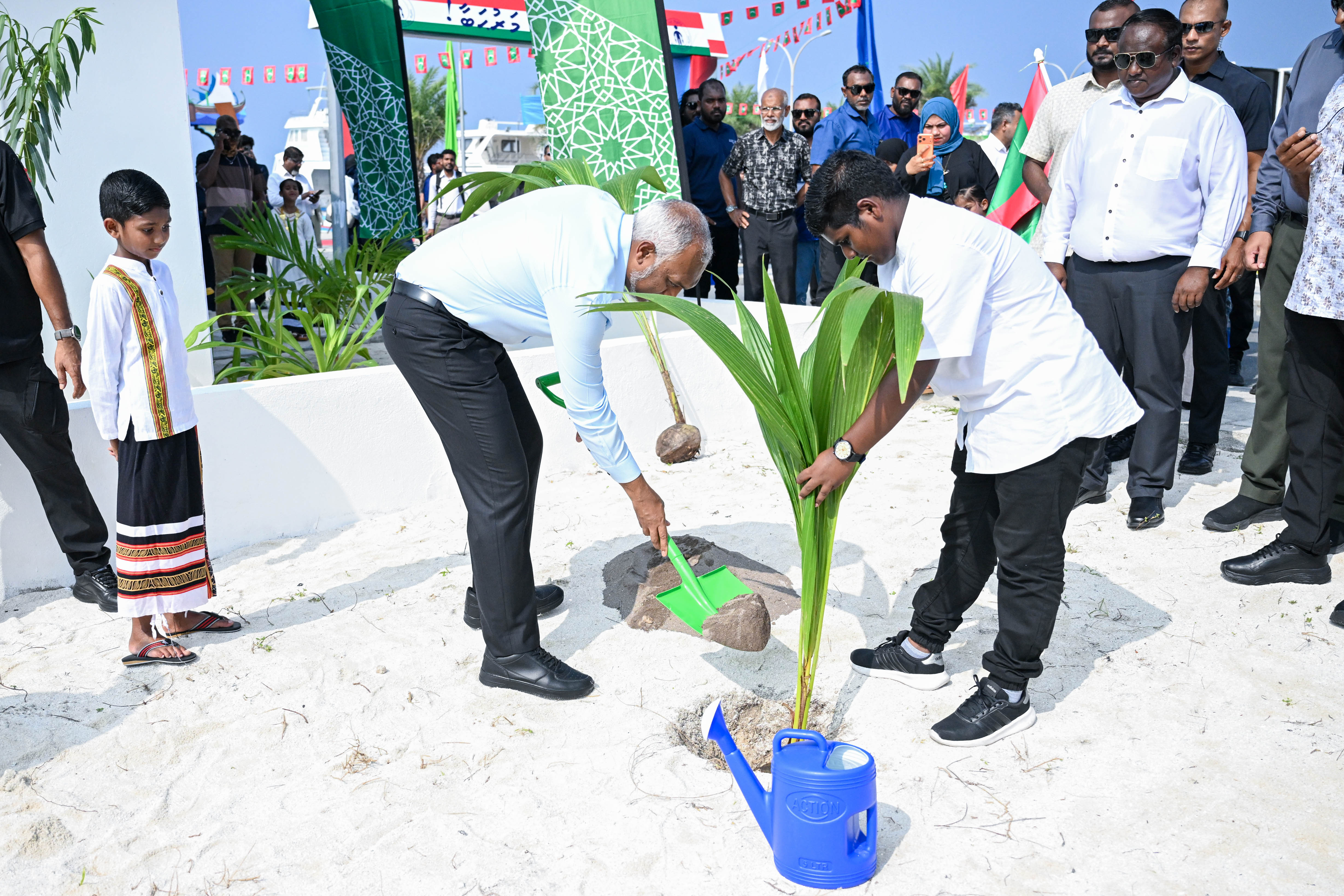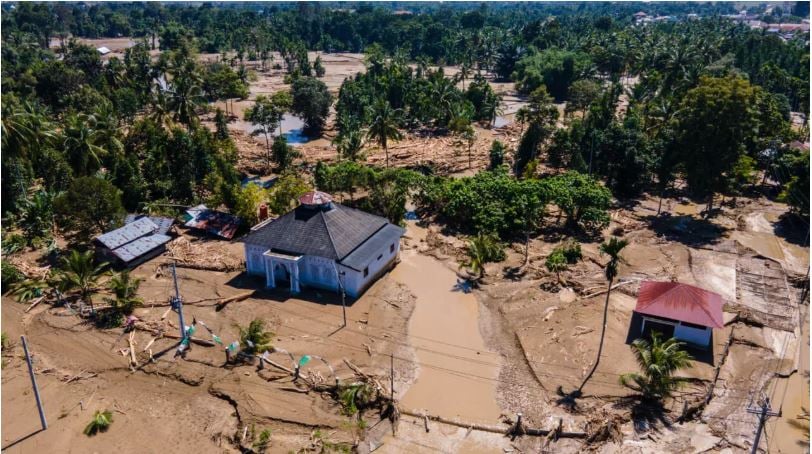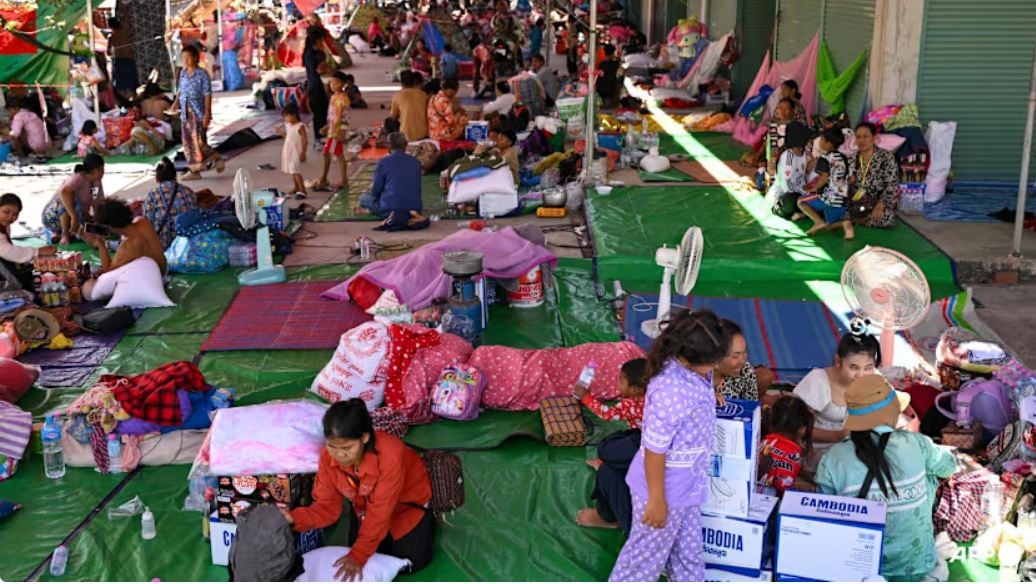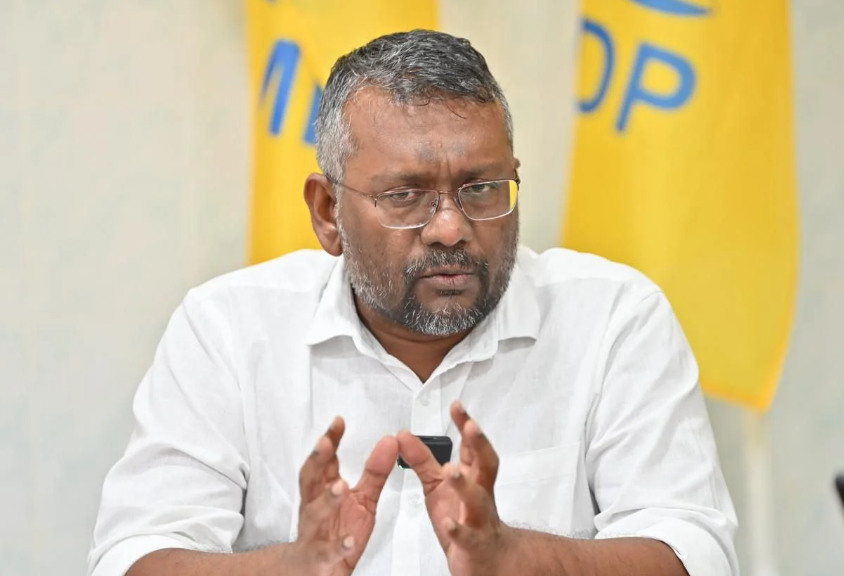The family of Zakiyya Moosa, who was found dead under suspicious circumstances in Holhudhoo last year, has publicly rejected the virtual autopsy presented in connection with her death, citing a lack of transparency, clarity, and legal validity.
Zakiyya, 50, was discovered with injuries at her residence on September 10, 2024. Her death sparked public concern and prompted investigations from multiple state institutions. However, her family says they remain without answers.
In a statement issued on Thursday, Zakiyya’s family said they had formally written to the Ministry of Homeland Security and Technology on April 10, 2025, requesting information about the virtual autopsy process. They have yet to receive a response to the letter.
According to the family, they were summoned to a meeting with police officials on April 15, during which an English-language document was shown to them. Police officers claimed the document was Zakiyya’s virtual autopsy. The family was told that the document was translated into Dhivehi, and during the meeting, officers shared information based on that translation. However, the family says they were only allowed to look at the document from a distance and briefly view the pages containing photographs.
The document presented reportedly included information attributed to the All India Institute of Medical Sciences (AIIMS) in New Delhi. However, the family pointed out that they were not shown the first and last pages of the report, and it remains unclear who authored or signed it. They also noted that the document was titled “expert opinion” rather than a formal virtual autopsy report.
The family criticized the lack of detail in the document, stating that it failed to clarify crucial aspects of Zakiyya’s death, including whether she sustained the fatal injuries while standing, sitting, or lying down. Furthermore, they said the report did not provide essential forensic information such as the depth of the wounds on her body. Only four photographs were included in the report, all of which appeared to have been taken at the scene.
They also questioned whether a complete 3D scan of Zakiyya’s body was conducted, as there was no mention of it in the document. The document's format resembled a list of questions and answers rather than a structured forensic report, which the family believes undermines its credibility.
The family maintained that the document lacks legal standing and cannot be accepted as a basis for determining the facts of the case or for use in a potential trial. They stated that they do not accept the virtual autopsy as presented and called for the authentic report to be made accessible for review by independent experts.
They also reiterated their call for the police to either conclude the investigation or refrain from closing the case as a suicide, emphasizing that no conclusive evidence has been presented to confirm that Zakiyya took her own life.
Zakiyya, 50, was discovered with injuries at her residence on September 10, 2024. Her death sparked public concern and prompted investigations from multiple state institutions. However, her family says they remain without answers.
In a statement issued on Thursday, Zakiyya’s family said they had formally written to the Ministry of Homeland Security and Technology on April 10, 2025, requesting information about the virtual autopsy process. They have yet to receive a response to the letter.
According to the family, they were summoned to a meeting with police officials on April 15, during which an English-language document was shown to them. Police officers claimed the document was Zakiyya’s virtual autopsy. The family was told that the document was translated into Dhivehi, and during the meeting, officers shared information based on that translation. However, the family says they were only allowed to look at the document from a distance and briefly view the pages containing photographs.
The document presented reportedly included information attributed to the All India Institute of Medical Sciences (AIIMS) in New Delhi. However, the family pointed out that they were not shown the first and last pages of the report, and it remains unclear who authored or signed it. They also noted that the document was titled “expert opinion” rather than a formal virtual autopsy report.
The family criticized the lack of detail in the document, stating that it failed to clarify crucial aspects of Zakiyya’s death, including whether she sustained the fatal injuries while standing, sitting, or lying down. Furthermore, they said the report did not provide essential forensic information such as the depth of the wounds on her body. Only four photographs were included in the report, all of which appeared to have been taken at the scene.
They also questioned whether a complete 3D scan of Zakiyya’s body was conducted, as there was no mention of it in the document. The document's format resembled a list of questions and answers rather than a structured forensic report, which the family believes undermines its credibility.
The family maintained that the document lacks legal standing and cannot be accepted as a basis for determining the facts of the case or for use in a potential trial. They stated that they do not accept the virtual autopsy as presented and called for the authentic report to be made accessible for review by independent experts.
They also reiterated their call for the police to either conclude the investigation or refrain from closing the case as a suicide, emphasizing that no conclusive evidence has been presented to confirm that Zakiyya took her own life.





